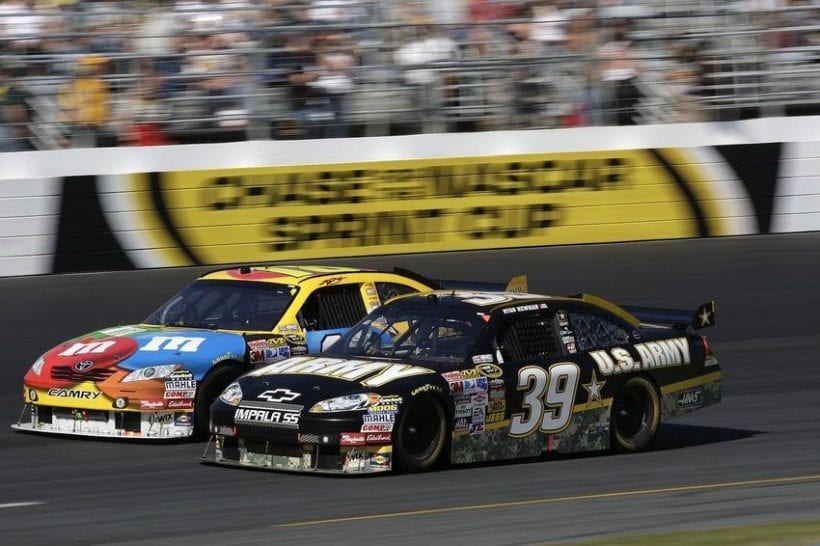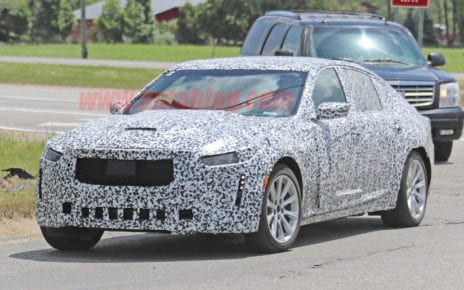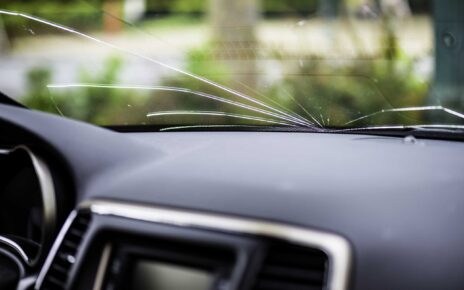Some people trade safety for convenience when driving their vehicles. Sometimes, they may choose to forego the use of seat belts or helmets even when driving on a busy road. However, if you’d be joining NASCAR or Formula One Grand Prix, these security measures couldn’t be ignored given the fact that you’d be driving at a speed of 300 km/h, more or less.
If you’re a car enthusiast or someone who spends most of his time on the road, you would definitely envy the security measures that race cars have. But, some of these can also be found in modern everyday cars. If you’re serious about improving your car’s safety, you can always ask a Gear4wheels mechanic. For more ideas, check out the following essential security measures that racing cars have.
Monocoque
Monocoque is the main component of the chassis. It consists of the survival cell and the cockpit. It is designed with crash-protection structures that make it capable of absorbing energy in the event of a crash. For example, a Formula One racing car’s monocoque is made from 6mm layer of zylon and carbon, which are the same materials used to manufacture armored vests.
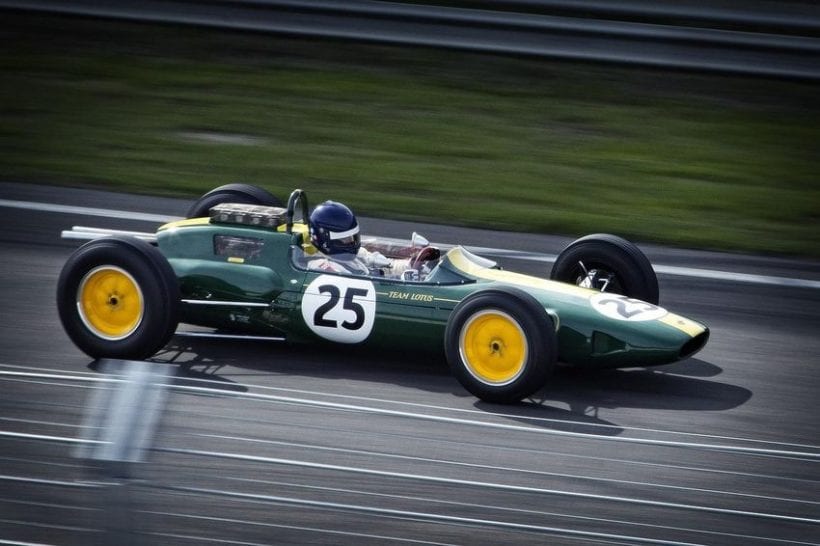
This way, carbon fiber splinters won’t harm the driver in case of an accident. It also has a built-in fire suppression system which drivers may activate in order to release fire retardant foam to prevent the engine and chassis from burning during an extreme crash.
Head and Neck Support (HANS) Device
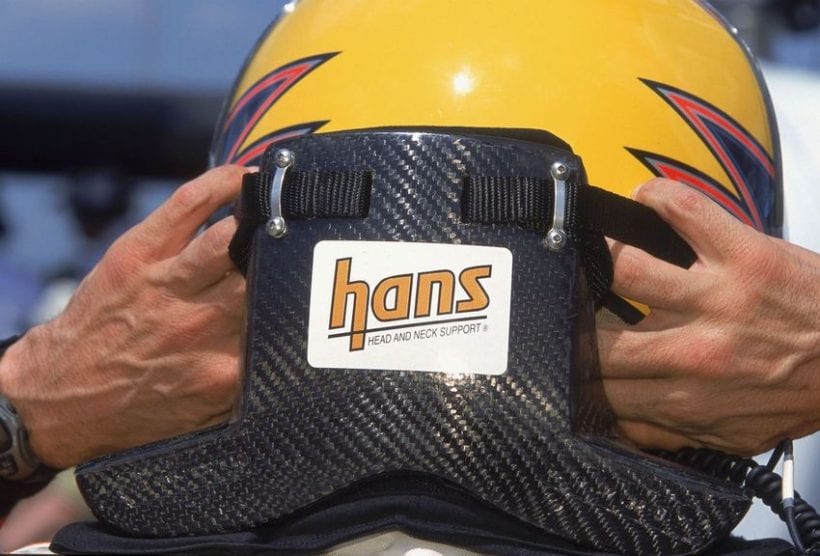
This device connects to the driver’s helmet but will be worn under his seat belt. This device plays a crucial role in protecting the driver’s vertebrae from stretching while keeping his head in a stable position during a crash. Its collar is capable of absorbing and redistributing forces on the driver’s head and prevent it from making a huge impact on the skull. This collar also protects the neck from whipping around if the car flies out of control during an accident.
Advanced Braking System (ABS)

In ordinary cars, the wheels become locked as soon as the brakes are activated. But, with the advanced braking system, the wheels of the car do not completely lock even during heavy braking. This feature minimizes the tendency of the car to be overturned in addition to providing the driver with better control in the event of an accident.
Seat
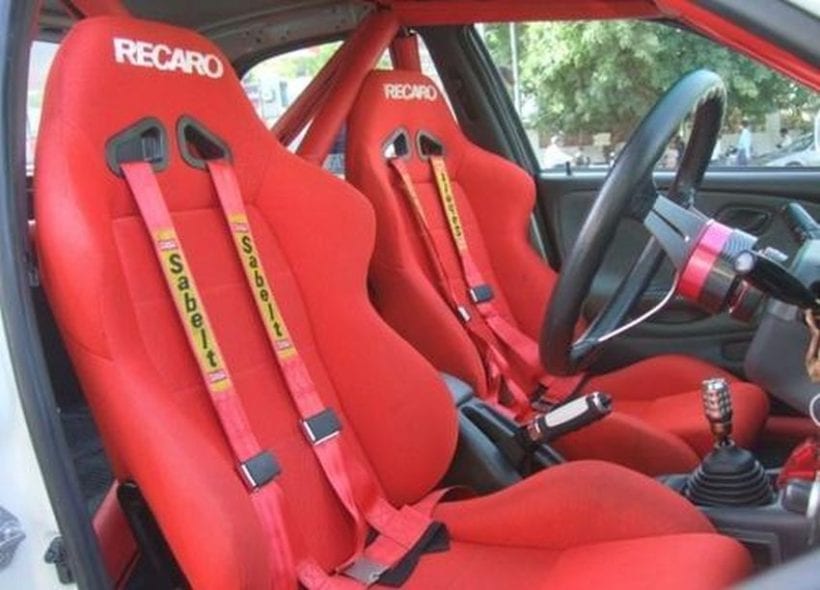
Racing car seats are made from carbon fiber which helps reduce the impact from a shock. Some race car models have seats that are structured in a way that wraps the driver’s rib cage which translates to better protection during a crash. Other new race car models also have seats wrapping around the driver’s shoulders for added security.
Formula One race cars have seats that enable easy removal of driver soon after an accident. This would mean the driver can just be removed with his seat to lessen the risk of having a spinal injury. However, other race cars would require the door of the car to be opened before the driver can be removed out of it.
Seat Belts
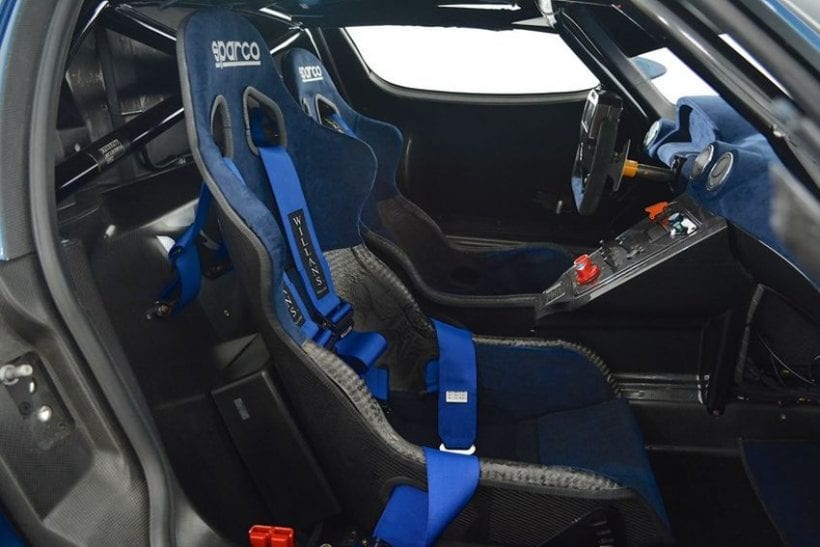
A race car could either have a four, five or six point harness for better protection. All these belts can be released at the same time as they’re tied to a single latch using only the driver’s one hand. This is important in case of accidents that require them to be out of the car the soonest time possible.
Safety is of paramount importance in motorsports. This is the reason why engineers are relentless on their efforts in looking for ways on how race cars can be made safer than they are today. This way, drivers and spectators can just enjoy the race and worry less about accidents.

